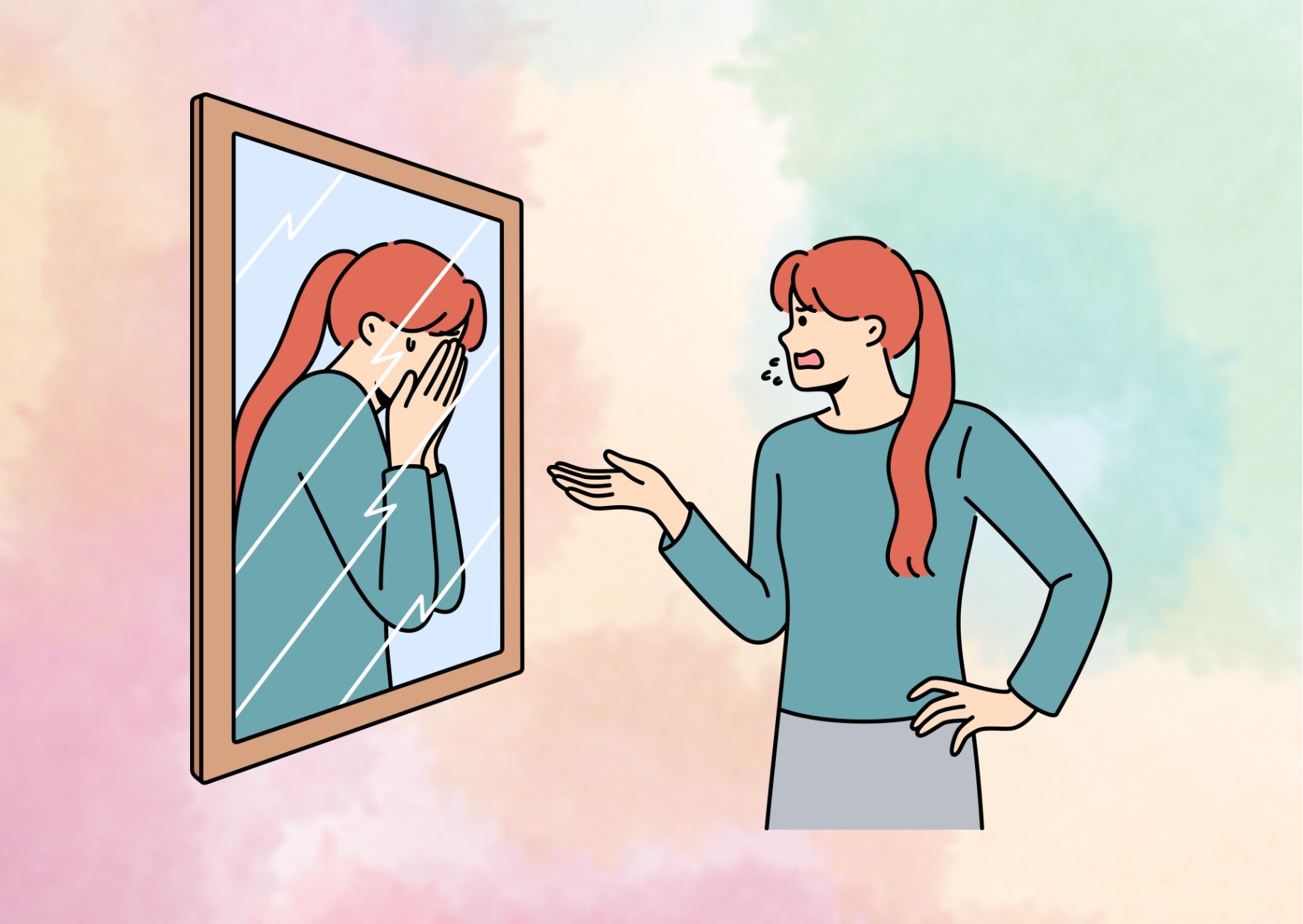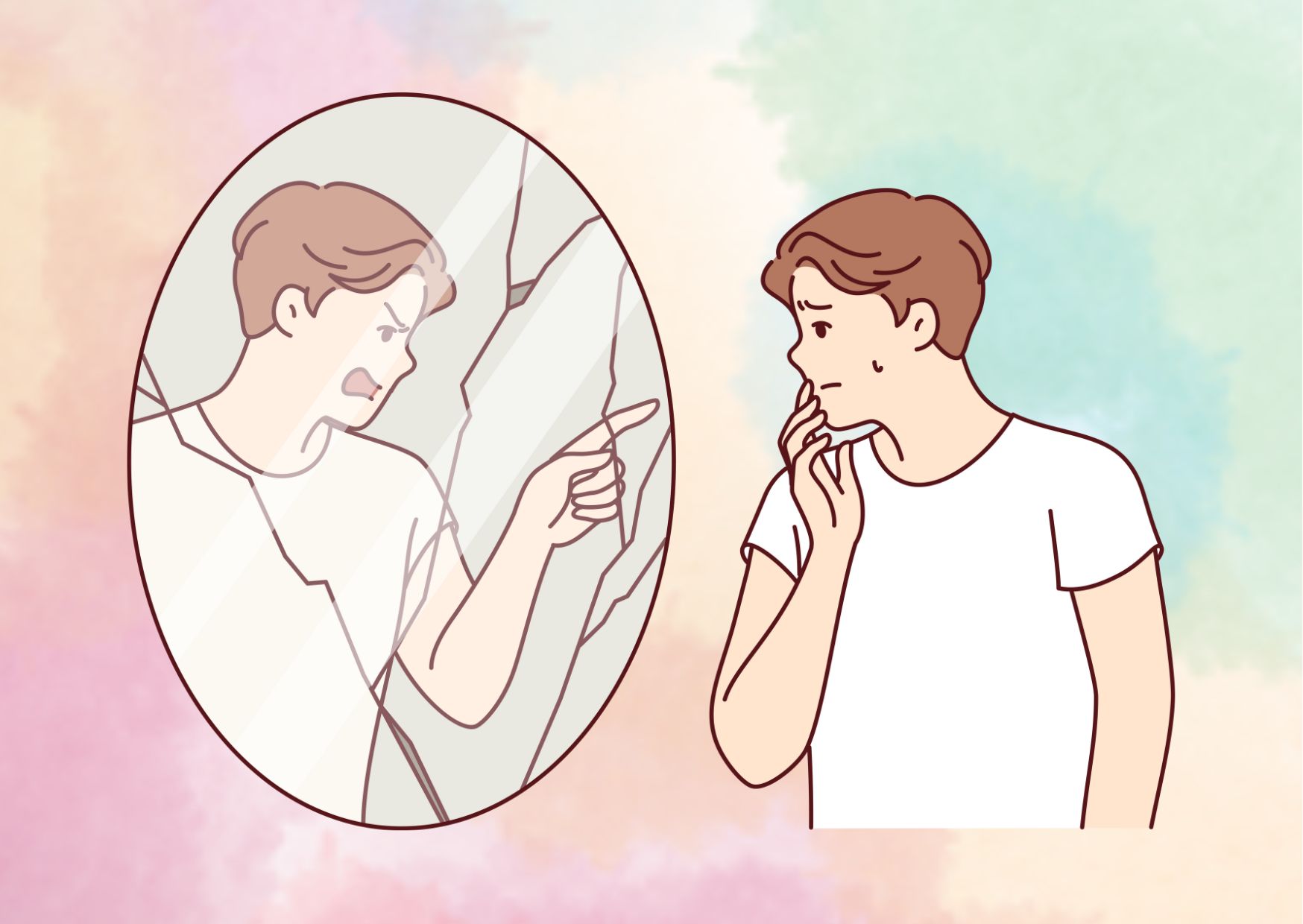6 Root Cause for Self-Loathing
Many people experience moments of self-doubt, but for some, these feelings evolve into something deeper and more persistent: self-loathing. Understanding self-loathing meaning goes beyond occasional negative thoughts – it represents a complex pattern of deep-seated negative beliefs about oneself.
Self-loathing affects millions worldwide, impacting daily life, relationships, and mental well-being. From childhood experiences to modern social pressures, various factors contribute to this challenging psychological state. This comprehensive guide explores the root causes, manifestations, and effective strategies to overcome self-loathing, helping you better understand and address these difficult emotions.
Understanding the Psychology of Self-Loathing
At its core, self-loathing represents an intense form of self-directed negativity that goes far beyond simple dissatisfaction. It manifests as a persistent belief that one is fundamentally flawed or unworthy, affecting every aspect of daily life and personal relationships.
Defining self-loathing and its manifestations
Self-loathing refers to an underlying belief system characterized by feelings of worthlessness and inadequacy. Think of it as having a harsh internal critic that follows you everywhere, constantly pointing out flaws and minimizing achievements. Common manifestations include:
- All-or-nothing thinking patterns
- Persistent negativity bias
- Extreme difficulty accepting compliments
- Hypersensitivity to criticism
- Emotional reasoning (treating feelings as facts)
The difference between self-criticism and self-loathing
While self-criticism and self-loathing might seem similar, they serve fundamentally different purposes. Healthy self-criticism focuses on specific behaviors and actions, leading to growth and improvement. For instance, thinking “I failed at this task” represents constructive self-criticism. In contrast, self-loathing attacks your core identity with thoughts like “I am a failure,” creating a destructive cycle that erodes self-worth.
Common misconceptions about self-hatred
Many misconceptions surround self-loathing, often making it harder for individuals to seek help. One prevalent myth is that self-loathing is simply attention-seeking behavior. In reality, most people experiencing self-hatred go to great lengths to hide their struggles, often masking their pain behind perfectionism or achievement.
Another misunderstanding is that self-loathing stems solely from current circumstances. However, research shows it typically develops over time, influenced by various factors including past experiences, learned behaviors, and societal pressures. It’s not something people can simply “snap out of” or overcome through positive thinking alone.
Psychological pattern of self-loathing
Understanding self-loathing requires recognizing it as a complex psychological pattern rather than a temporary state of mind. It often operates on a deeper level than conscious thought, affecting how individuals interpret their experiences and interact with the world around them. This understanding forms the foundation for developing effective coping strategies and working toward healing.
Root Causes Behind Self-Loathing Patterns
The development of self-loathing patterns often traces back to deeply rooted experiences and environmental factors that shape our self-perception over time. Understanding these root causes is crucial for breaking free from destructive thought patterns.
Childhood experiences and trauma
Early life experiences play a pivotal role in forming our self-image. When children face trauma, abuse, or neglect, they often internalize these experiences in profound ways. Rather than recognizing external circumstances as the source of their pain, young minds tend to blame themselves, creating a foundation for lasting self-loathing.
Research shows that children who experience early trauma develop a distorted self-image as they attempt to make sense of their ongoing distress. This distortion occurs because children, especially in their formative years, cannot differentiate themselves from their environment. Instead of questioning why their caregivers might be failing them, they turn to self-blame as a protective mechanism.
Societal pressures and expectations
Modern society creates unprecedented pressure through:
- Unrealistic standards of success and beauty
- Cultural expectations about life milestones
- Social media’s constant comparison culture
- Traditional expectations in relationships and careers
These pressures often lead to what researchers call a “scarcity mindset,” where individuals feel perpetually inadequate and unable to measure up to perceived standards. This mindset can trigger negative self-stereotyping, where people begin to absorb and internalize society’s critical messages about themselves.
The role of perfectionism
Perfectionism emerges as both a cause and symptom of self-loathing, creating a complex cycle of impossible standards and inevitable perceived failures. What begins as a protective mechanism often transforms into a destructive force. People develop perfectionist tendencies believing that if they can achieve flawlessness, they’ll finally feel worthy of acceptance and love.

